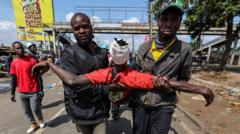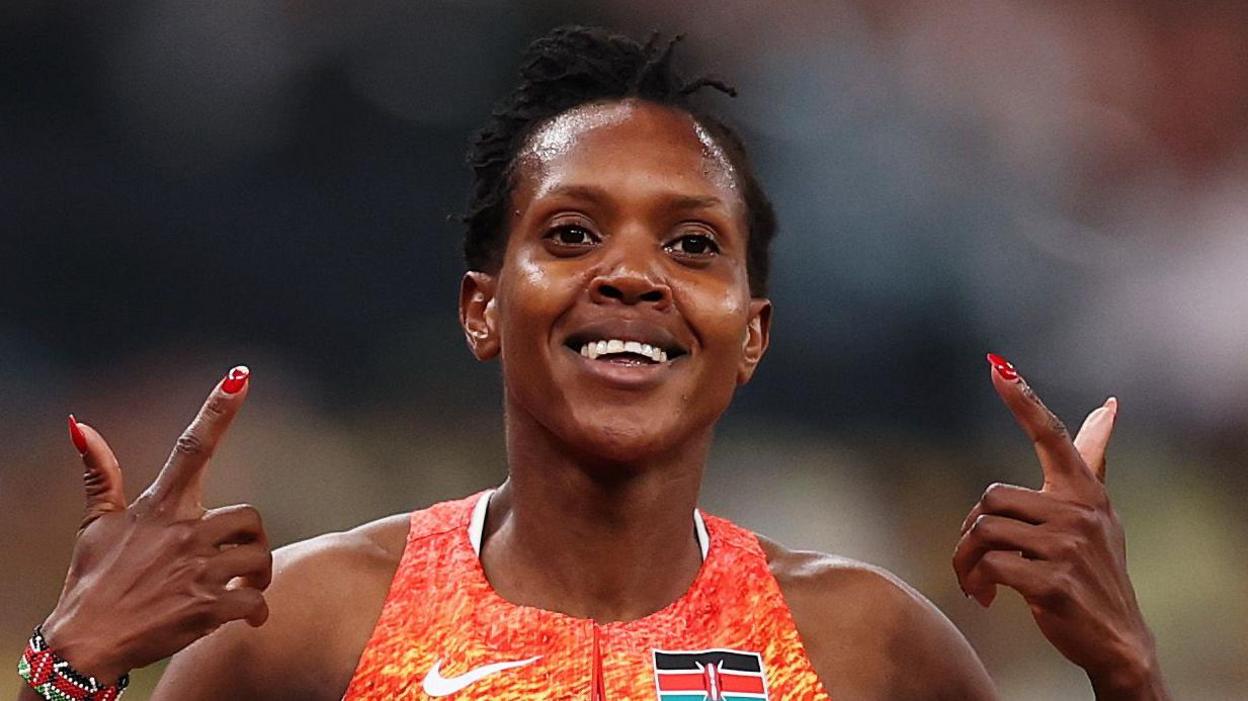Kenya’s Independent Policing Oversight Authority (Ipoa) has released a scathing report attributing the deaths of 65 individuals in recent protests to the police's "disproportionate force." This assertion comes amidst escalating tensions regarding police conduct, particularly in the wake of violent demonstrations against alleged police brutality and government policies.
The protests, which unfolded over several weeks, included significant events such as a demonstration on June 12, spurred by the death of a young teacher and blogger, Albert Ojwang, during police custody. The Ipoa observed a relatively peaceful atmosphere initially, but subsequent protests, specifically on June 17 and June 23, witnessed escalating violence, resulting in casualties among both civilians and law enforcement.
According to the Ipoa's report, which documented significant injuries and fatalities, the government's response to these protests has been riddled with complications. Over the course of four days of protests, there were reports of 342 civilians and 171 police officers injured, alongside incidents of looting and vandalism. The watchdog emphasized that the police failed to adhere to constitutional standards of policing.
In a stark contrast to the Ipoa's findings, government officials, including President William Ruto and Interior Minister Kipchumba Murkomen, have suggested that violence stemmed from opportunistic "criminals" and labeled protests as veiled attempts at terrorism. President Ruto publicly advocated for police to incapacitate offenders, stating that protesters damaging property should be shot in the leg but spared from lethal force.
The starkly differing accounts of the protests highlight tensions between law enforcement and civil liberties advocates. Rights groups have criticized the government's approach, alleging a systematic allowance and endorsement of violence by police against protesters. The situation remains fluid in Kenya, raising crucial questions about the future direction of civil rights and policing methods in the country as protests continue.


















